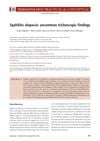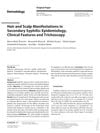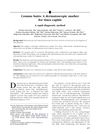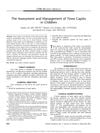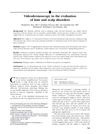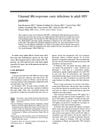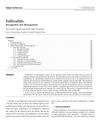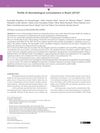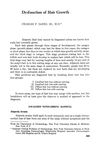Hair and Scalp Infections
July 2018
in “
Elsevier eBooks
”
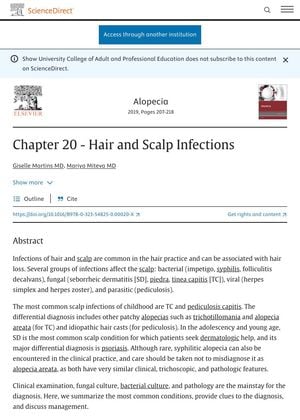
TLDR Hair and scalp infections are common and can lead to hair loss, requiring careful diagnosis to manage properly.
Five years ago, a document titled "Hair and Scalp Infections" discussed the commonality of hair and scalp infections in hair practice, often associated with hair loss. The infections were categorized into bacterial (impetigo, syphilis, folliculitis decalvans), fungal (seborrheic dermatitis [SD], piedra, tinea capitis [TC]), viral (herpes simplex and herpes zoster), and parasitic (pediculosis) groups. The most common scalp infections in children were TC and pediculosis capitis, with differential diagnoses including trichotillomania and alopecia areata for TC, and idiopathic hair casts for pediculosis. In adolescents and young adults, SD was the most common scalp condition, often confused with psoriasis. Syphilitic alopecia, although rare, was also discussed, cautioning against misdiagnosis as alopecia areata due to similar clinical, trichoscopic, and pathologic features. The document emphasized the importance of clinical examination, fungal culture, bacterial culture, and pathology for accurate diagnosis and management.
